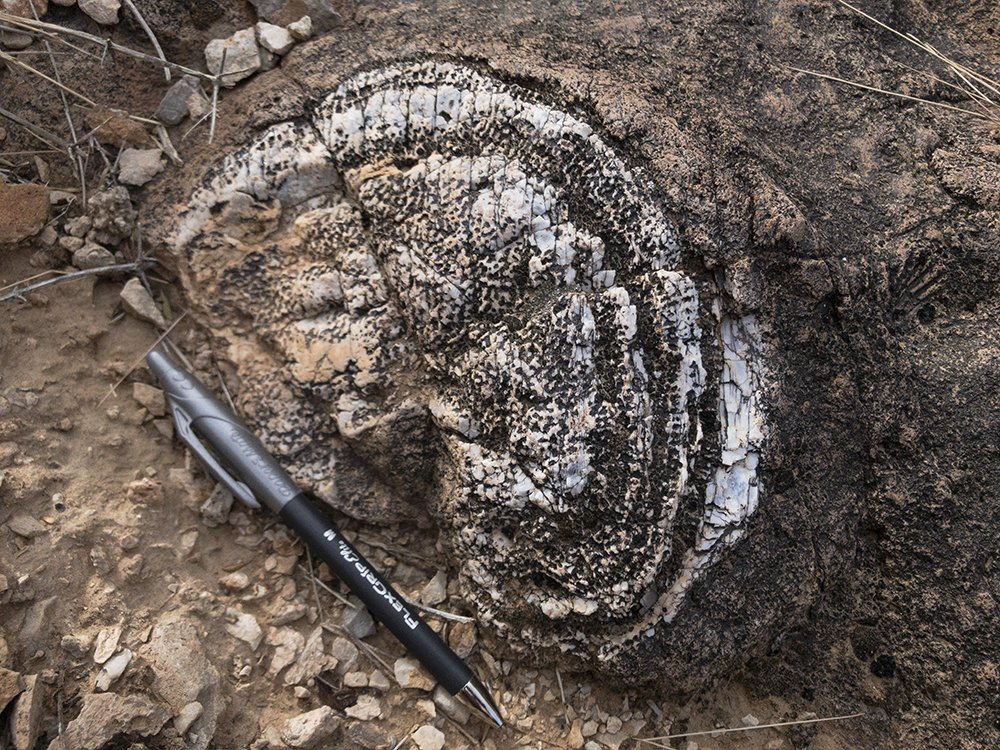What makes up the Southwestern United States? There’s no agreed definition, save that Arizona and New Mexico are always included. For the purposes of my book I’m setting its northern boundary at the 38th Parallel. In Nevada, that border touches on tiny Goldfield and Tonopah.
This week I’ll be traveling two those two towns, before heading further to Hawthorne, site of the largest ammunition depot in North America, and then further into the Sierra Nevada mountains. Its a Holiday week so I don’t know what will be open. But I know Sharon Artlip’s chalcedony claims will be.
I wrote about Sharon’s fee/dig claims in Goldfield in the May, 2016 issue of Rock&Gem. If you don’t have access to that, I wrote some background on that article at my personal writing blog. Click here to go there. Her claims are about three miles out of town and still open to anyone at a dollar a pound. The chalcedony is literally everywhere under foot.
Register first at one of several local shops in Goldfield before heading to the claims. Information on that is at the link above, also be sure to visit Bryan Smalley’s rock shop. It’s called Hidden Treasures and it is truly that. Confused about directions? Find a store closed? Stop any local on the street and ask where Bryan or Sharon are. Goldfield is that relaxed. And fuel up before Goldfield, gas is 27 miles away in Tonopah.
Speaking of which, I hope to visit that city’s mining park and museum once again. They have a silver ledge there that I want a better photograph of. I wrote about Tonopah area when I went on a fee/dig trip to the Royal Royston turquoise claim in November, 2015. It was the focus of my article in the January, 2016 issue of Rock&Gem. Background on that trip is at this link.
Unfortunately, Dean Otteson, head of the Otteson clan, died shortly after the article was published and public tours of the claim ceased. I knew him for only a few minutes but I immediately considered him a friend. There may be open ground in the Royston Hills near Tonopah but it would take careful research to determine those locations.
I don’t know of any current fee/dig operation for turquoise in the Southwest but I have a lead on a possibility in New Mexico some distance from Magdalena. Perhaps I will have more information on that before my book is published.
Until I check in later from the road, I wish you the best this Thanksgiving Week! And, as always, check out Rock&Gem Magazine for the latest goings on in this wonderful hobby of rockhounding.






